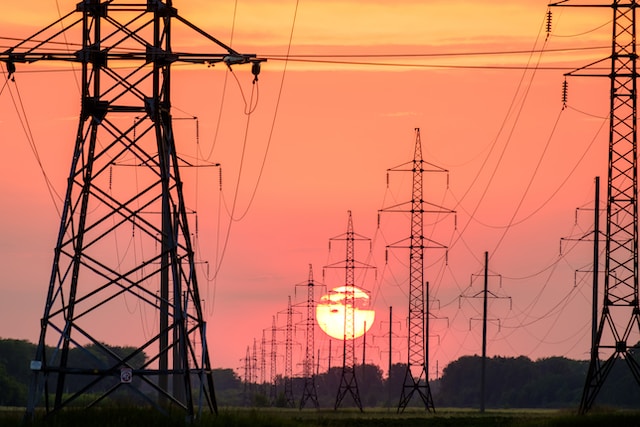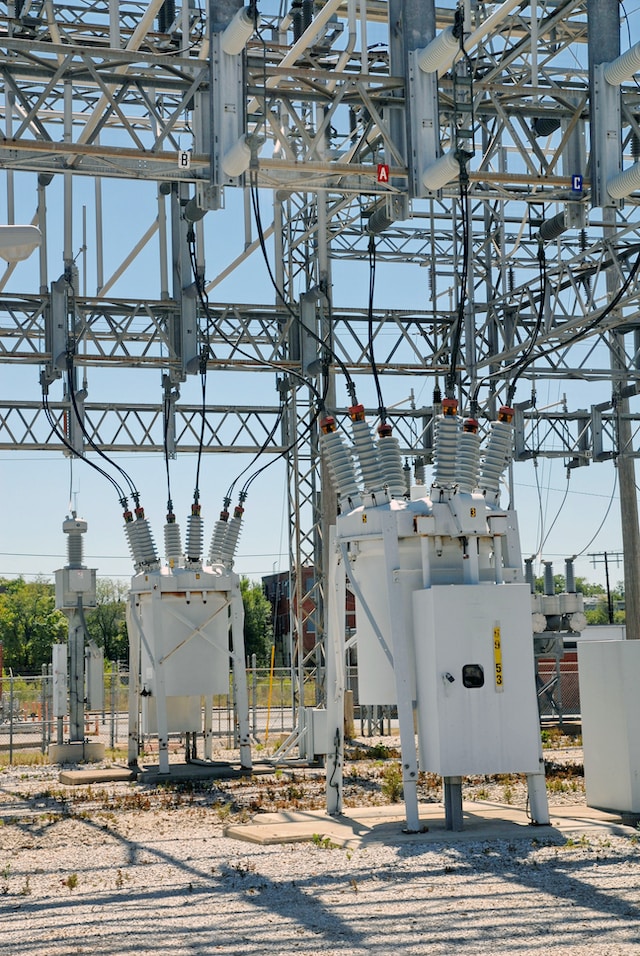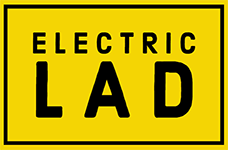
The future of electricity is an exciting and ever-evolving landscape, as advances in technology and increased awareness of sustainable energy sources continue to shape how we produce, store, and distribute power.
One of the most exciting developments in the world of energy is the growth of renewables. Solar, wind, and geothermal power have been around for years, but recent innovations in technology have made them more efficient and cost-effective than ever before. As a result, renewables are becoming increasingly mainstream and are expected to make up a larger portion of the global energy mix in the years to come.
Another trend that is shaping the future of electricity is the rise of distributed energy systems. Rather than relying on a centralized power plant to supply electricity to a community, distributed systems allow for power to be generated and stored on-site, closer to where it will be used. This not only increases efficiency, but also enhances resilience in the event of power outages and reduces strain on the grid during periods of peak demand.
Current State of Electricity
The way electricity is generated, distributed, and consumed today is vastly different from how it was just a few decades ago. Let’s explore the current state of electricity and the key factors shaping its landscape.
Conventional Power Generation: The majority of electricity is still generated through conventional power plants, such as coal, natural gas, and nuclear. Despite concerns regarding their environmental impact, these sources continue to play a significant role due to their reliability and ability to provide consistent power.
Renewable Energy: Renewable energy, including solar, wind, and geothermal, has experienced remarkable growth in recent years. Falling costs and improved technology have made renewables a viable and increasingly popular alternative to traditional power sources. Many countries have set ambitious goals to increase the share of renewable energy in their energy mix, leading to a significant shift towards greener electricity generation.

Smart Grids: The concept of a “smart grid” is revolutionizing the way electricity is distributed and managed. By integrating digital communication and advanced sensors, smart grids enable real-time monitoring and optimization of power flow. This technology allows for better demand response capabilities, improved reliability, and the integration of distributed energy sources.
Energy Efficiency: Energy conservation and efficiency play a vital role in reducing electricity consumption and minimizing environmental impact. Governments, individuals, and businesses are prioritizing energy efficiency measures, such as improved insulation, LED lighting, and energy-efficient appliances. Initiatives aimed at reducing energy waste are helping to curb electricity demand growth and foster a more sustainable energy future.
Emerging Technologies and Trends:
Energy Blockchain:
One exciting emerging technology that could revolutionize the electricity industry is energy blockchain. Similar to how blockchain technology has transformed the financial sector, energy blockchain aims to create a decentralized and secure platform for buying, selling, and trading electricity. This technology enables peer-to-peer transactions, allowing individuals and businesses to directly exchange excess energy from renewable sources, creating a more efficient and resilient energy market.
Internet of Things (IoT) and Energy Management
The Internet of Things, with its interconnected network of devices, is poised to revolutionize how we manage and optimize energy consumption. IoT-enabled devices, such as smart meters, sensors, and appliances, can collect real-time data on energy usage, enabling users to monitor and control their electricity consumption more effectively. This data-driven approach empowers individuals and organizations to make informed decisions, reduce waste, and optimize energy efficiency.
Artificial Intelligence (AI) in Grid Optimization
With the increasing complexity and variability in electricity generation and distribution, grid optimization has become more crucial than ever. Artificial Intelligence algorithms can analyze vast amounts of data to optimize power flow, predict demand patterns, and manage supply and demand imbalances. AI can also enhance grid stability by detecting and responding to anomalies or potential failures in real time, ensuring a reliable and resilient electricity infrastructure.
Electrification of Transportation
As we move towards a more sustainable future, the electrification of transportation is gaining momentum. Electric vehicles (EVs) are becoming more affordable and offer greater range, making them a viable option for eco-conscious consumers. The widespread adoption of EVs not only reduces reliance on fossil fuels but also presents opportunities to integrate vehicle-to-grid (V2G) technology. V2G allows EVs to store and feed electricity back into the grid during periods of peak demand, enhancing grid stability and maximizing the use of renewable energy sources.
Future Implications and Benefits:
Electricity, with its constantly evolving landscape, holds the power to transform our world in countless ways. As renewable energy sources continue to grow and become more accessible, we have the opportunity to reduce our reliance on fossil fuels and mitigate the harmful effects of climate change. The shift towards distributed energy systems and the development of smart grids allow us to create a more resilient, efficient, and sustainable electricity infrastructure.

By embracing energy efficiency measures, we can not only conserve precious resources but also save costs and lessen our impact on the environment.
Empowering Individuals and Communities
The future of electricity gives us the power to empower individuals and communities like never before. With the growth of renewables and distributed energy systems, individuals can become active participants in the generation and consumption of electricity. Rooftop solar panels and small wind turbines enable homeowners to produce their own clean energy, reducing their dependence on the grid and even selling excess energy back to it. This newfound energy independence brings greater control and financial benefits to individuals and communities alike.
Driving Innovation and Job Creation
The transition towards a greener electricity system demands innovation and opens up a world of opportunities for job creation. As we invest in renewable energy technologies, such as solar panels and wind turbines, we create a need for research, development, and manufacturing, leading to a surge in green jobs. This shift towards renewables can also drive innovation in energy storage solutions, improving our ability to store and harness clean energy efficiently. With the growth of smart grids and emerging technologies like energy blockchain and the Internet of Things, there will be a demand for skilled professionals who can navigate this new energy landscape.
Environmental Stewardship and a Sustainable Future
By embracing renewable energy sources and increasing energy efficiency, we can significantly reduce our carbon footprint and preserve the health of our planet for future generations. Renewable energy technologies produce little to no greenhouse gas emissions, contributing to cleaner air and mitigating the threat of climate change. Furthermore, as we transition away from centralized power plants towards distributed energy systems, we decrease the risk of large-scale blackouts, improve grid resilience, and reduce vulnerability to natural disasters. The future of electricity is not just about powering our homes and industries; it is about embracing our role as stewards of the environment and securing a sustainable future for all.
The future of electricity holds immense promise and potential. As we continue to innovate and embrace renewable energy sources, distributed energy systems, and cutting-edge technologies, we have the opportunity to forge a more sustainable and resilient energy landscape. The power is in our hands to shape a future where electricity generation is clean, efficient, and accessible for all. Through collective efforts and a commitment to environmental stewardship, we can create a world powered by renewable energy, where individuals and communities thrive and our planet flourishes.
